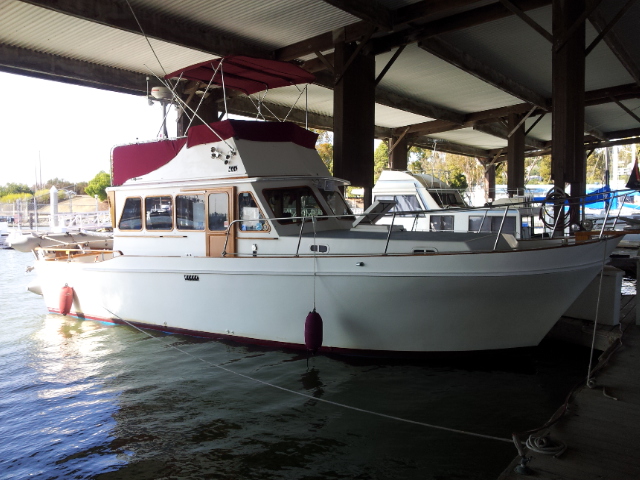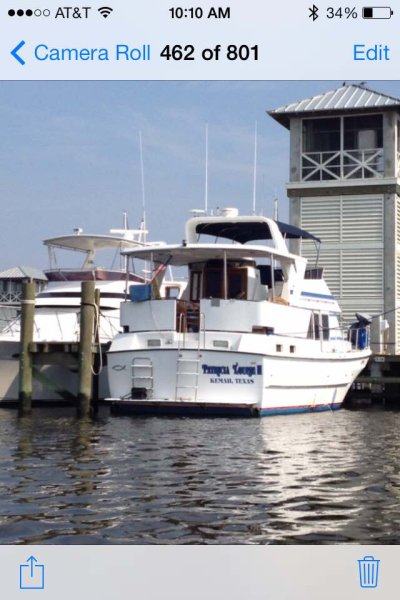Wouldn't hesitate to dock bow in, but there are lots of older boat slips with short finger piers that can make it all but impossible to get off the boat when docking bow in.
Yeah but...
If in existing conditions, bow in is the easiest and SAFEST maneuver, why not? Even if you can't get off, it is a more comfortable and secure place to sit it out than in the fairway or on the outside.
You have all the comforts of home right there.
Cardude just reminded us that reading and listening to others, while it plants good ideas, always comes second to hands on.
At the beginning of every season, either biking or boating, I go find a place to practice all the basics and "what ifs." One loose rock in a parking lot can dump a bike, one corner of a finger can hole a boat.
One of the best moves cardude made was bringing it all here.




